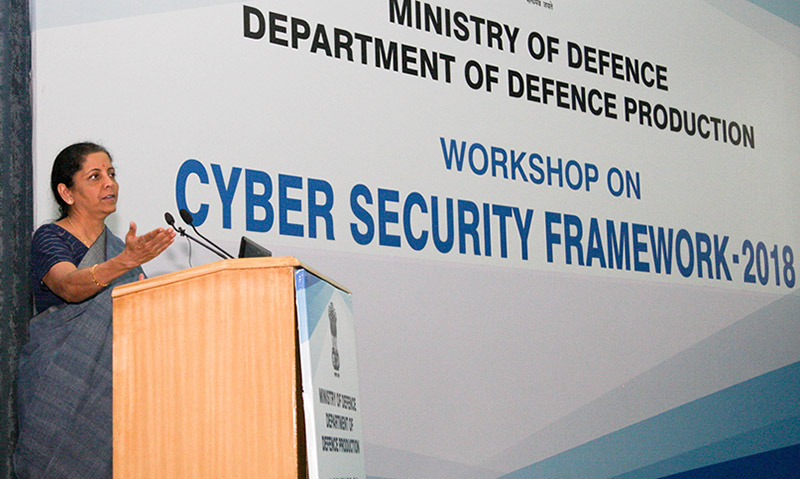Money Over Matter | White Elephant
 Maj. Gen. Mrinal Suman (retd)
Maj. Gen. Mrinal Suman (retd)
Despite repeated assertions in a quest for self-reliance, India’s dependence on imported defence equipment continues to be above 70 per cent. Worse, the indigenous production is limited to the assembly of imported sub-assemblies and manufacture of low-tech components. India’s defence industry is in a pitiable state. India has acquired the dubious distinction of being the largest buyer of conventional weapons in the world. Self reliance continues to be a pipe dream.
The present government has declared ‘Make in India’ mission to be the cornerstone of its nation-building initiative and defence manufacturing has rightly been identified as one of the key sectors. With a view to align and delineate the Defence Procurement Procedure (DPP) towards the achievement of the objectives of ‘Make in India’, an expert committee under Dhirendra Singh was constituted by the ministry of defence (MoD) in May 2015.
After the receipt of the recommendations of the expert committee, DPP-2016 was promulgated with effect from 1 April 2016. Although it contains many features that can provide stimulus to the growth of the domestic defence industry, the most important initiative pertains to the introduction of a new category called ‘Buy (Indian-IDDM)’. It has been given precedence over all other categories, with ‘Buy and Make’ and ‘Buy (Global)’ being the last two options. ‘Make’ category will continue to aim at developing long-term indigenous defence capabilities.
In addition, with a view to leveraging capital acquisitions to develop Indian defence industry, India aims to use offsets to foster the development of internationally competitive enterprises; augment capacity for Research, Design and Development related to defence products and services; and encourage development of synergistic sectors like civil aerospace and internal security.
Offsets Policy and its Applicability
Offsets obligations have been made applicable to all capital acquisitions categorised as ‘Buy (Global)’ and ‘Buy and Make’ where the estimated cost of the acquisition proposal is more than the offset threshold of Rs 2,000 crore as on the date of according approval. Offset threshold denotes the value above which procurement contracts attract offset obligations. It implies that all deals above that value will necessarily have associated offsets.

Defence Minister Nirmala Sitharaman addressing the gathering at the Workshop on Cyber Security Framework
Offset obligations have been pegged at 30 per cent of the estimated cost of the acquisition in ‘Buy (Global)’ category acquisitions. In ‘Buy and Make’ procurements, offset obligations have been fixed at 30 per cent of the foreign exchange component. However, the Defence Acquisition Council (DAC) has been empowered to consider partial or full waiver of the offset clause on a case to case basis.
more
As per the current Indian policy, offset obligations may be discharged with reference to eligible products and eligible services through any one or a combination of the six routes: direct purchase of or executing export orders for products and/ or services; FDI in joint ventures with Indian enterprises (equity investment); investment in ‘kind’ in terms of Transfer of Technology (ToT) to Indian enterprises; investment in ‘kind’ in Indian enterprises in terms of provision of equipment through the non-equity route; provision of equipment and/or ToT to government institutions and establishments, including DRDO (as distinct from Indian enterprises); and technology acquisition by Defence Research and Development Organisation (DRDO).
For the fulfilment of offset obligations, Indian enterprises and institutions and establishments (including DRDO) engaged in the manufacture of eligible products and/ or provision of eligible services are referred to as Indian Offset Partners (IOP). The foreign vendor is free to select IOP for implementing offset prog
Subscribe To Force
Fuel Fearless Journalism with Your Yearly Subscription
SUBSCRIBE NOW
We don’t tell you how to do your job…
But we put the environment in which you do your job in perspective, so that when you step out you do so with the complete picture.








